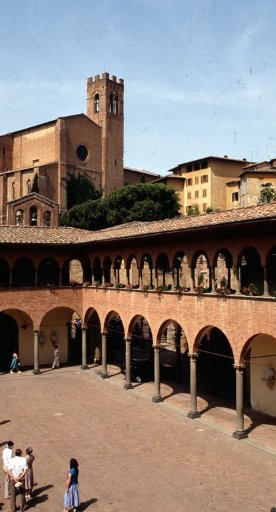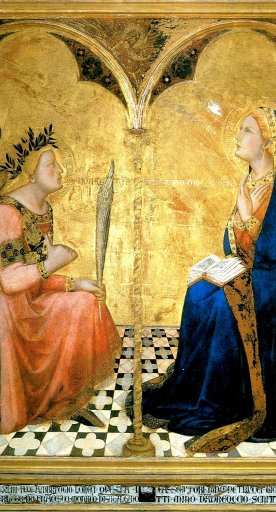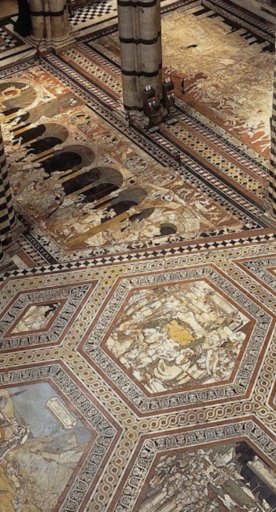Medici Fortress of Siena
Built, destroyed and built again: the Medici fortress reveals the military events that took place in 16th century Siena
The Medici Fortress of Siena, also known as Forte di Santa Barbara, stands close to the historic centre of the city. First built by the Spaniards and then rebuilt by Florence, the building was repeatedly a symbol of oppression for the people of Siena.
The fortress was constructed on a pre-existing structure. In the mid-16th century, by order of King Charles V of Habsburg, the Spanish army erected a fortress called the Citadel in order to subject the Sienese and bend them to imperial rule. In 1552, the works had not yet been completed and when the people of Siena rose up, they managed to drive out the Spanish army and destroy the Citadel which was viewed as a symbol of enemy power.
A few years later, the city surrendered due to the war with both the Spaniards and with the Florentine army. By order of Cosimo I de 'Medici, the fortress was rebuilt with the aim of silencing any attempt at rebellion. The works took place from 1561 to 1563, taking the form that can still be seen today.


The Medici Fortress has a four-sided layout, with four pentagonal bastions. The ramparts face towards the cardinal points, and are named La Madonna, San Domenico, San Filippo, and San Francesco, bearing the coats of arms of the Medici family. The dominating and majestic building boasts an external perimeter of 1500m.
You enter from the gardens in front of La Lizza, where there was once a drawbridge. It's possible to walk on the centuries-old walls and on the ramparts, surrounded by tree-lined avenues with benches. A small park equipped for sporting activities has also been set up here.
From this elevated position, you can enjoy a view over the city of Siena where the Torre del Mangia, the Duomo and the Basilica of San Domenico stand out. The square, with its amphitheatre-shaped steps that were added later, hosts outdoor events.










